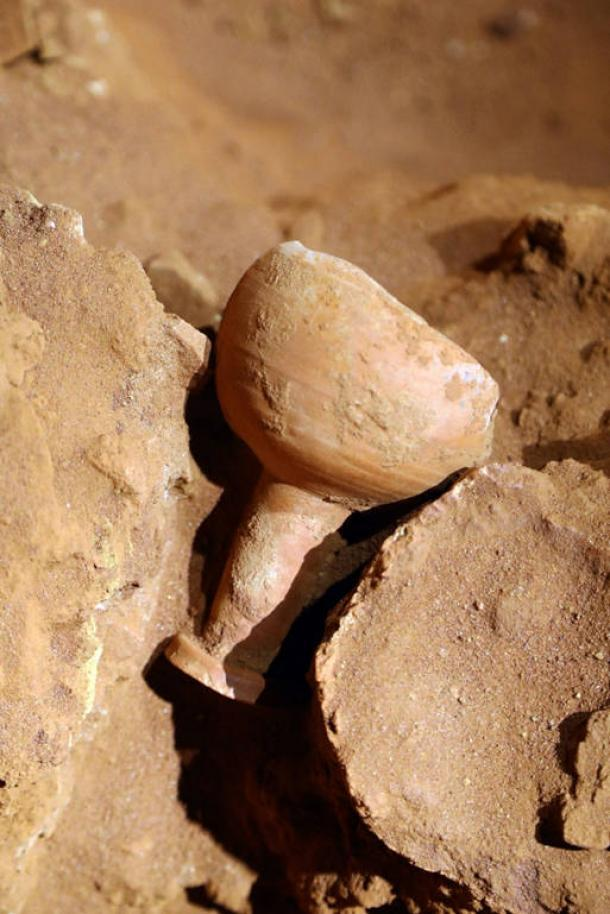A team of archaeologists discovered the skeletal remains of 12 individuals, as well as an object similar to the Holy Grail, in a tomb located beneath the Treasury monument, at the archaeological site of Petra (Jordan), The New York Times reported this Monday.
Indiana Jones and the Last Crusade was filmed here, the third film in the saga of the famous treasure hunter played by American actor Harrison Ford. In the film, Jones and his father try to find the Holy Grail in The Treasury, the chalice that was used by Jesus Christ during the Last Supper.
A previous expedition in 2003 found two tombs, containing partial skeletons, beneath the left side of The Treasury. However, the explorers were unable to investigate the right side of the monument, due to the bureaucracy of local authorities and lack of funds, reports DailyMail.
A real Indiana Jones?
Earlier this year, archaeologists obtained a permit to install ground-penetrating radar, with the purpose of knowing if the features on the left side of The Treasury, where the original tombs were found, matched those on the right side.
In a recent excavation, a tomb with at least 12 human skeletons and other objects related to funerary offerings, which are estimated to be around 2,000 years old, was discovered opposite the 2003 find. According to explorers, a skeleton held a ceramic chalice that resembled the shape of the Holy Grail.

Although the objects were well preserved, Professor Pearce Paul Creasman indicated that the skeletal remains were in a more delicate state than expected. According to the researcher, this condition could have been due to humidity and flooding in Petra, as well as the porous sandstone that surrounds the tomb.
The host of the program 'Expedition Unknown', Josh Gates, commented that "since almost all of the tombs in Petra have been found empty", the one that was recently discovered is the "most important ever found" at that archaeological site. He also noted that this discovery "could not only reveal the secrets of The Treasury, but could also offer an extraordinary insight into the lives of the first Nabataeans who built Petra." (Text and photos: RT)